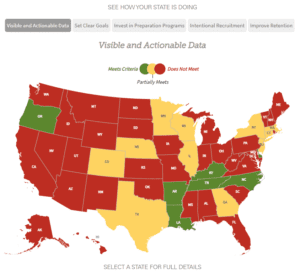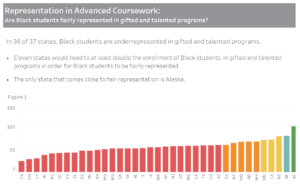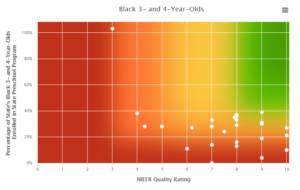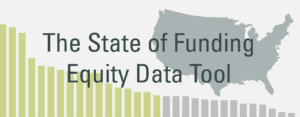Ed Trust has developed a number of tools to help students, parents, educators, policymakers, and advocates more easily find and use key education data.
In certain instances, Ed Trust uses the public data visualization tool, Tableau, where you can investigate a wide range of metrics about higher education, such as enrollment figures, graduation rates, diversity statistics, cost, and other financial data.
The Education Trust invites the use of its publications and presentations. For limited personal and noncommercial uses, you are free to download our materials and share them with others as long as the materials are not altered in any way and are properly attributed to The Education Trust and, if applicable, a particular author. For these purposes, noncommercial means not primarily intended for or directed toward commercial advantage or monetary compensation. For commercial and other uses, such as including materials in course packets or reprinting materials or excerpts in textbooks, you must obtain written permission. Read more about our policy.





